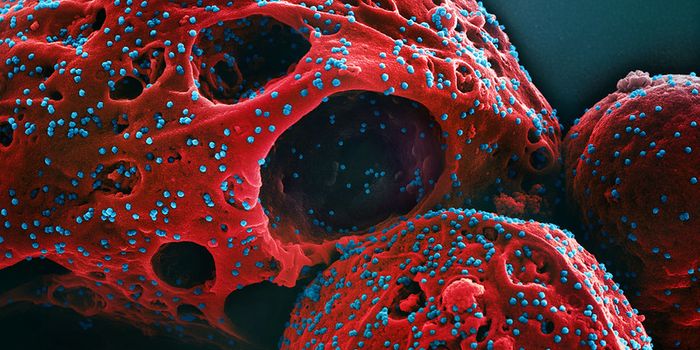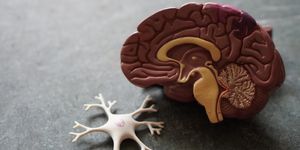A Better Understanding of Telomere Length Throughout the Body
Telomeres are repetitive sequences of DNA that sit on the ends of chromosomes; they work to protect the chromosomes from degradation, are known to get shorter as we age, and shorter telomeres are linked to cellular dysfunction. They are therefore considered a biomarker of aging and disease. However, studies on telomeres have assessed those that are found in blood cells. Researchers wanted to know whether these blood cell telomeres are a reliable and accurate link to information about health and aging throughout the body.
Reporting in Science, investigators have now assessed telomere length in over 20 types of human tissues from over 1,000 post-mortem donors. Their work showed that the length of telomeres in white blood cells can indeed provide a snapshot of telomere length in many other tissues. Previous research done on blood cell telomeres seems to reflect what’s seen in most other parts of the body.
During a human's life, many types of cells have to divide to replenish old, dysfunctional, or dead cells. For every round of cell division, the genome has to be replicated for the two new daughter cells. A little bit of the ends of the chromosomes are lost every time because the DNA replication enzymes don’t quite get to the end. Telomeres can buffer this loss so that critical genetic information is retained. While aging and telomere shortening are clearly connected, the exact nature of that connection is unclear, in part because of an incomplete picture of telomeres in other tissues.
"Most studies on human telomere length focus on tissue types that are easy to collect from living subjects, like whole blood or saliva," said the first study author Kathryn Demanelis, Ph.D., a postdoctoral scholar in the Department of Public Health Sciences at the University of Chicago (UChicago). "We wanted to see how well the length of telomeres found in whole blood cells aligned with those found in other tissues."
The Genotype-Tissue Expression (GTEx) project, which has collected many samples from various tissues from hundreds of human volunteers, was used in this project. In all, over 6,000 samples representing 20 tissue types from almost 1,000 humans were assessed.
"The GTEx study was originally designed to study how inherited genetic variation regulates gene activity in different tissues, and how tissues differ from one another," said the senior study author Brandon Pierce, Ph.D., Associate Professor of Public Health Sciences and Human Genetics at UChicago. "We saw the GTEx tissue bank as an opportunity to access tissue types that we normally can't study easily, and to look at an important biomarker: telomere length and start to ask deeper questions about the relationship between telomere length and diseases like lung cancer, and how telomeres shorten with age in different kinds of tissue."
The researchers applied a high throughput assay to standardize the measurements and compare telomere lengths from different tissues like skin, kidney, brain, lung, and blood. Of the 23 tissues represented, there was a positive correlation between 15 of them and white blood cell telomere length; the blood cell telomeres can represent those found in hard-to-access tissues.
"We were also able to look across all of these tissue types to answer questions that have been looked at repeatedly for blood cell telomeres," said Pierce. "Some patterns held up across different tissues, like shorter telomeres in aging, and longer telomeres in people of African ancestry, but others didn't, like longer telomeres in females. We observed shorter telomeres among smokers in only a few tissues."
This research will help show how telomeres are affected by inherited factors, the environment, or epigenetics, which can clarify the relationship between aspects of telomere length, aging, and disease.
The GTEx samples will also be useful in other studies that will examine biomarkers in different tissue types. "This first study provides a resource to better understand what telomere length looks like in various tissues and will allow other researchers to compare their data against our results," Demanelis said. "In the future, we'll be looking at other markers like DNA methylation and somatic mutations in different types of tissues to try and understand their relationship to telomere length and aging."
Sources: AAAS/Eurekalert! via University of Chicago, Science








